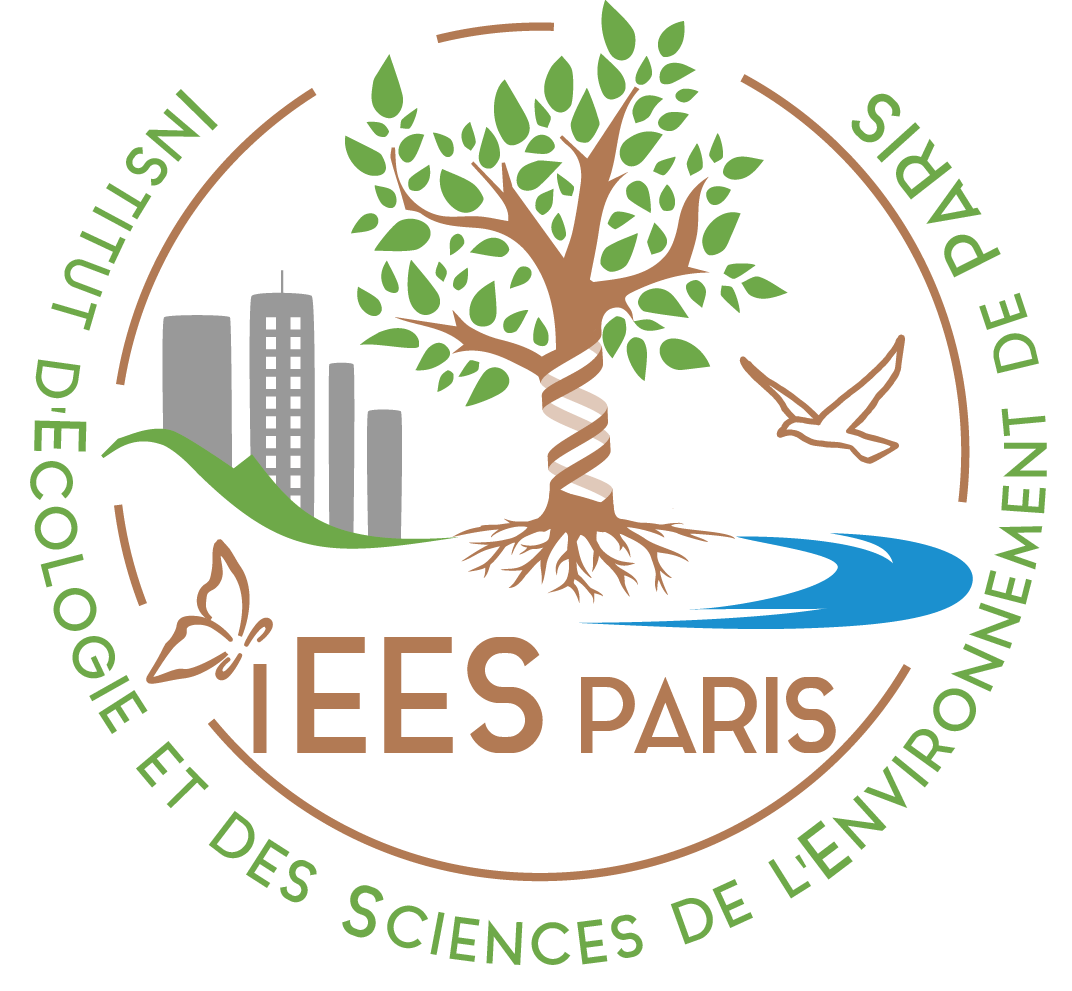In-stream Escherichia coli modeling using high-temporal-resolution data with deep learning and process-based models
Contamination of surface waters with microbiological pollutants is a major concern to public health. Although long-term and high-frequency Escherichia coli (E. coli) monitoring can help prevent diseases from fecal pathogenic microorganisms, such monitoring is timeconsuming and expensive. Process-driven models are an alternative means for estimating concentrations of fecal pathogens. However, process-based modeling still has limitations in improving the model accuracy because of the complexity of relationships among hydrological and environmental variables. With the rise of data availability and computation power, the use of data-driven models is increasing. In this study led by Ather Abbas, PhD student at the Ulsan National Institute of Science & Technology (UNIST) in Korea, fate and transport of E. coli was simulated in the 0.6 km² Houay Pano tropical headwater catchment located Lao PDR, using both a deep-learning model and a process-based model. This study showcases the application of deep-learning-based models as an efficient alternative to process-based models for E. coli fate and transport simulation at the catchment scale.
The paper has been published open access in the journal Hydrology & Earth System Sciences Discussions.

















